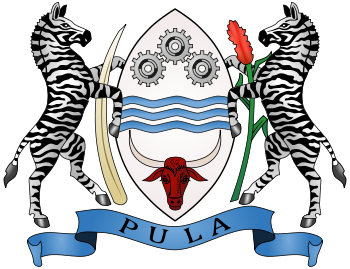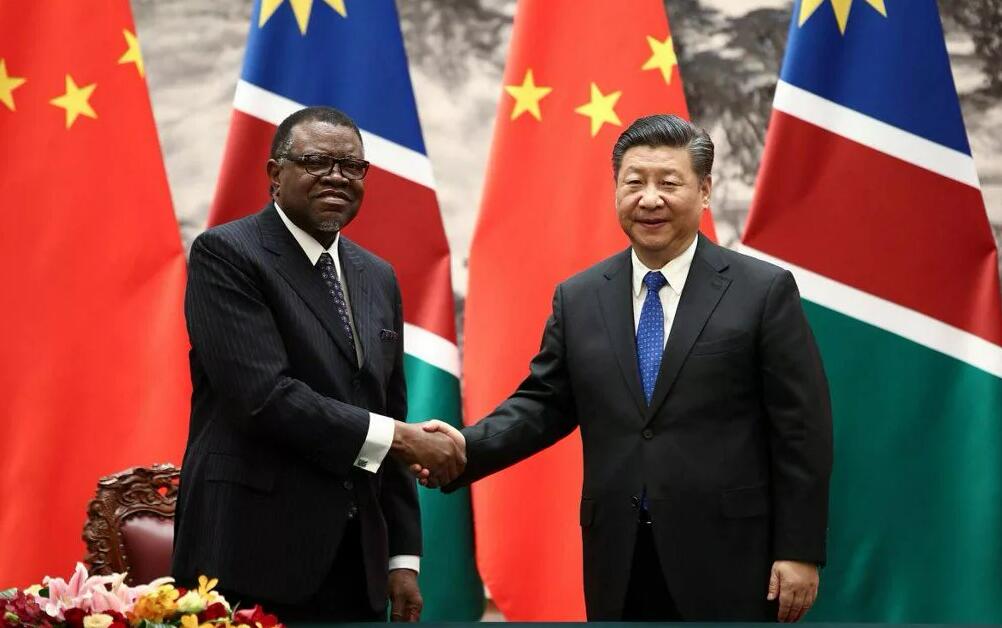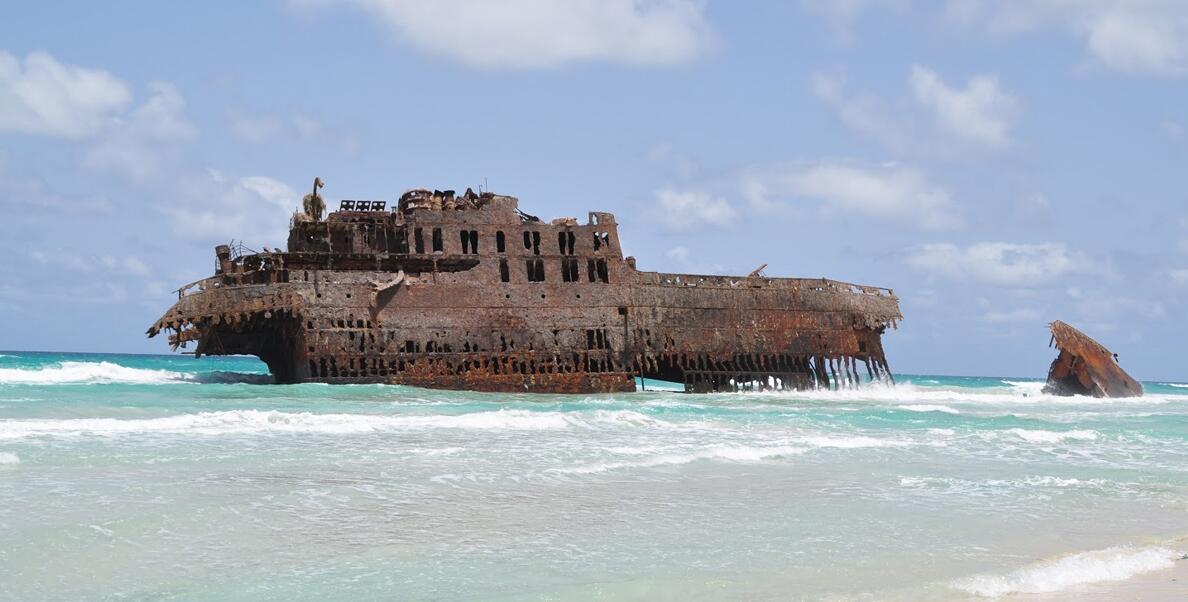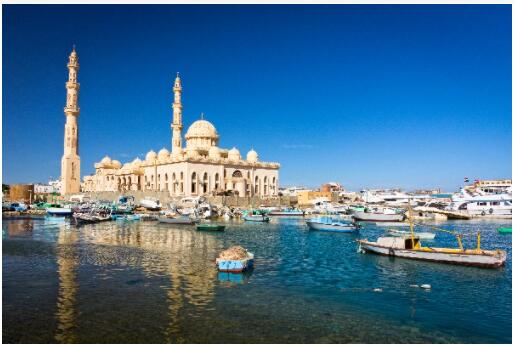Botswana Overview
Botswana is located in southern Africa and borders Namibia, South Africa and Zimbabwe. Botswana has many nature reserves and a rich wildlife. In the southwestern part of the country is the desert Kalahari.
| Capital: | Gaborone |
| Biggest city: | Gaborone |
| State: | republic |
| Language: | English, Tswana |
| Religion: | Christianity, indigenous religions |
| Surface: | 600 370 km² |
| Population: | 1.9 million (2013) |
| Population density: | 3 residents per km² |
| Life expectancy: | 62 years |
| Illiteracy: | 19% |
| Currency: | pula (BWP) 1 pula = 0.79 kr |
| GDP per capita: | $ 14,800 (2010) |
| Time difference: | +1 hour |
| Electricity: | 220/240 V AC, 50 Hz |
| National Day: | September 30 |
| Country area code: | 267 |
| 2-Letter country abbreviation: | BW (See more abbreviations on Abbreviationfinder) |
| Business: | service sector 51%, mining and agriculture 49% |
| Climate: | semi-arid to arid climate, with warm winters and hot summers |

The country’s current majority, Tswana, probably immigrated to the area during the 13th and 14th centuries. Before that, the San people lived there. Tswana was ruled under a number of strong clans, which according to historians may explain why no strong, united kingdom arose here as elsewhere in southern Africa.
Several countries tried to colonize the area, including Britain, which wanted to unite colonies in the north and south, and Portugal, which tried to merge the colonies in Angola and Mozambique. In September 1895, three Tswana Klan kings arrived in London to seek support to defend their country. The three traveled around England, Scotland and Wales for three months and received an audience with Queen Victoria. Botswana eventually became a British protectorate under the name Bechuanaland, before gaining its independence on September 30, 1966.
Botswana is one of the few African countries that has been democratically governed since independence, although it should be noted that one and the same party has been in power throughout the time.
Botswana has the world’s highest proportion of people living with HIV / AIDS (almost 40% of the adult population in 2001), but also Africa’s most progressive work to manage the disease.
The Okavango Delta is Botswana’s most famous natural area, and the world’s largest inland delta. It once flowed into the dried-up Makgadikgadi lake for several thousand years. Nowadays, the Okavango River flows into the Kalahari Desert, and waters an area of 15,000 km². About 11 cubic kilometers of water reach the delta each year. A small part flows on to Ngamisjön.
WORLD HERITAGE
The following objects in Botswana are listed as a UNESCO World Heritage Site.
The year in which the item was added to the list is indicated in parentheses.
- The Rock Paintings in Tsodilo (2001)
- Okavango Delta (2014)
ELECTRICAL OUTLET
Electricity and electrical outlets in Botswana
Voltage: 231 V
Frequency: 50 Hz
Type of plug: M
Need an adapter: Yes, Swedes need an adapter.
CLIMATE AND WEATHER
Weather in Gaborone
| Climate | Jan | Feb | Mar | Apr | May | Jun | Christmas | Aug | Sep | Oct | Nov | Dec |
| Average temperature °C | 25 | 25 | 24 | 20 | 17 | 13 | 13 | 17 | 20 | 23 | 24 | 25 |
| Day °C | 32 | 32 | 31 | 27 | 25 | 22 | 23 | 26 | 29 | 30 | 32 | 31 |
| Night °C | 19 | 17 | 16 | 13 | 9 | 5 | 4 | 7 | 11 | 15 | 17 | 18 |
| Rain (mm) | 79 | 73 | 82 | 23 | 13 | 5 | 3 | 3 | 11 | 23 | 40 | 48 |
| Rainy days | 17 | 14 | 18 | 21 | 27 | 27 | 27 | 27 | 27 | 24 | 19 | 16 |
| Soltim / day | 9 | 10 | 9 | 9 | 9 | 9 | 9 | 11 | 11 | 11 | 11 | 11 |

Gaborone
According to Countryaah, Gaborone is the capital of Botswana, and has 218,291 residents (2008). Gaborone replaced Mafeking as the capital of Bechuanaland in 1965. Mafeking was located outside Bechuanaland in present-day South Africa, and when Botswana was to become independent, a capital was needed within the country’s borders.


